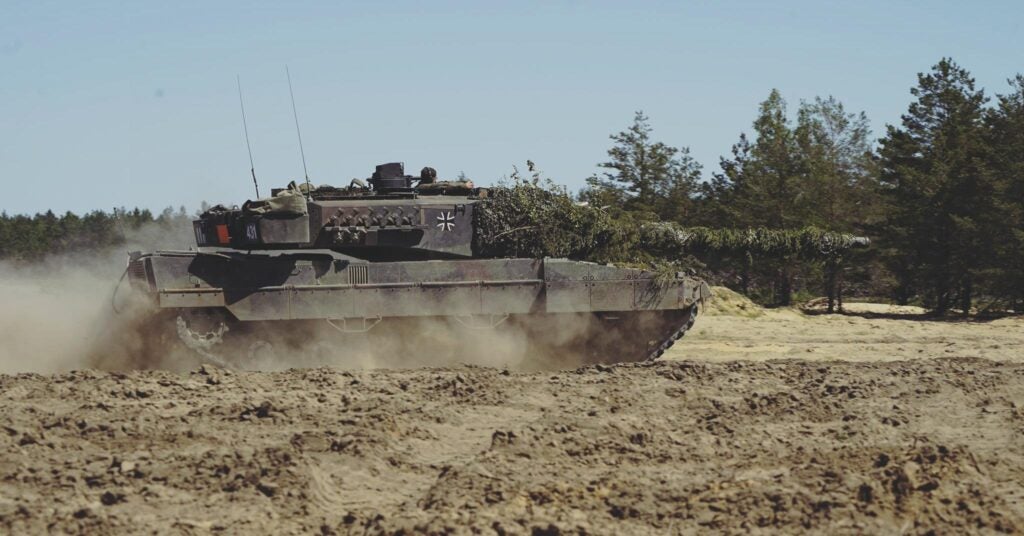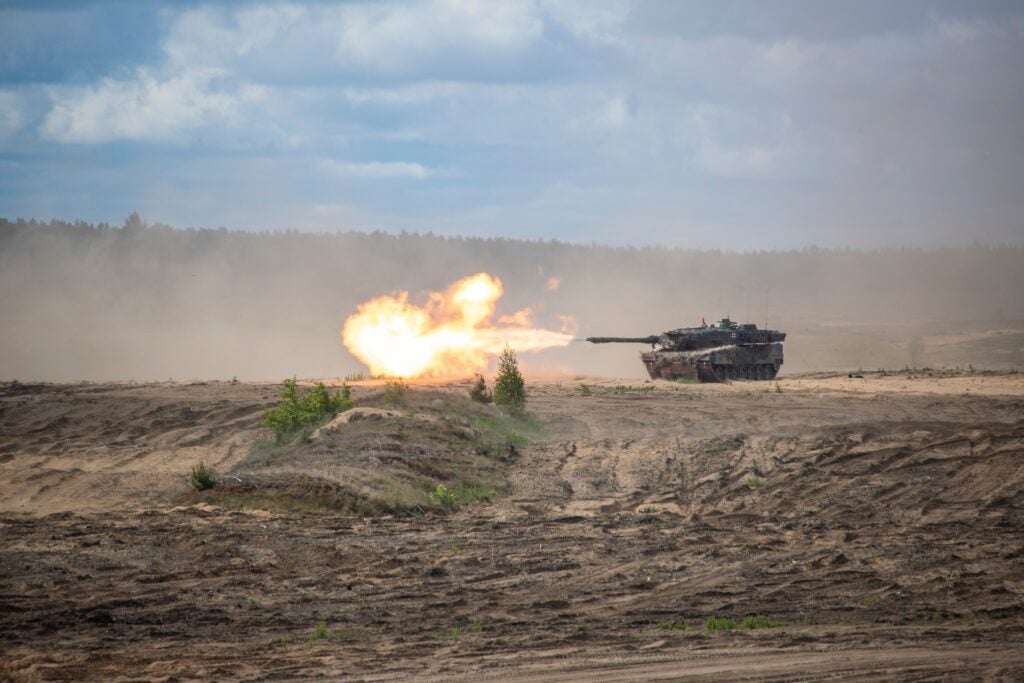Lithuania Sends Germany Letter Of Intent For Leopard 2 Purchase
Lithuania’s Defence Materiel Agency sent the German defense ministry a letter of intent for the purchase of Leopard 2 tanks on Friday. However, the Lithuanian defense ministry stresses that the procurement agency’s letter does not represent a final decision to purchase the German main battle tanks.
According to the ministry, the letter allows the Lithuanian government to receive information on the Leopard 2, and to discuss other information required should Vilnius officially select the Leopard 2 as its new tank.
“The statement of intent is not a legal commitment, but the German Defence Ministry will rely on the parties’ intentions in determining the total demand for new tanks in negotiations with the manufacturers,” said the ministry to BNS.
The sending of the letter of intent comes amidst a row over whether Lithuanian defense minister Arvydas Anušauskas had acted inappropriately in his announcement that Vilnius intended to select the Leopard 2 on Monday. Lithuanian President Gitanas Nausėda and several lawmakers have criticized Anušauskas for claims he made in a Facebook post that the Leopard 2 had been selected following a comparison by Lithuania’s Defence Staff between the German tank, and the American Abrams and Korean K2 Black Panther tanks.

Vilnius’ emphasis on the letter of intent not committing Lithuania to a purchase echoed comments made by Laurynas Kasčiūna, the chair of Lithuania’s parliamentary committee on national security and defense earlier this week. In an interview with public broadcaster LRT, he said that while the Leopards had many competitive advantages, the committee had not made its final decision on which tanks would be purchased, as additional analysis was required.
The Lithuanian Army is planning to procure up to 53 tanks as part of its plan to establish a fully operational division-sized unit by 2030. The plan, which received governmental approval in early May, would create the largest military unit in Lithuania’s modern history, with the fully operational division planned to be composed of 17,500 professional and mobilized soldiers in the event of a conflict.

